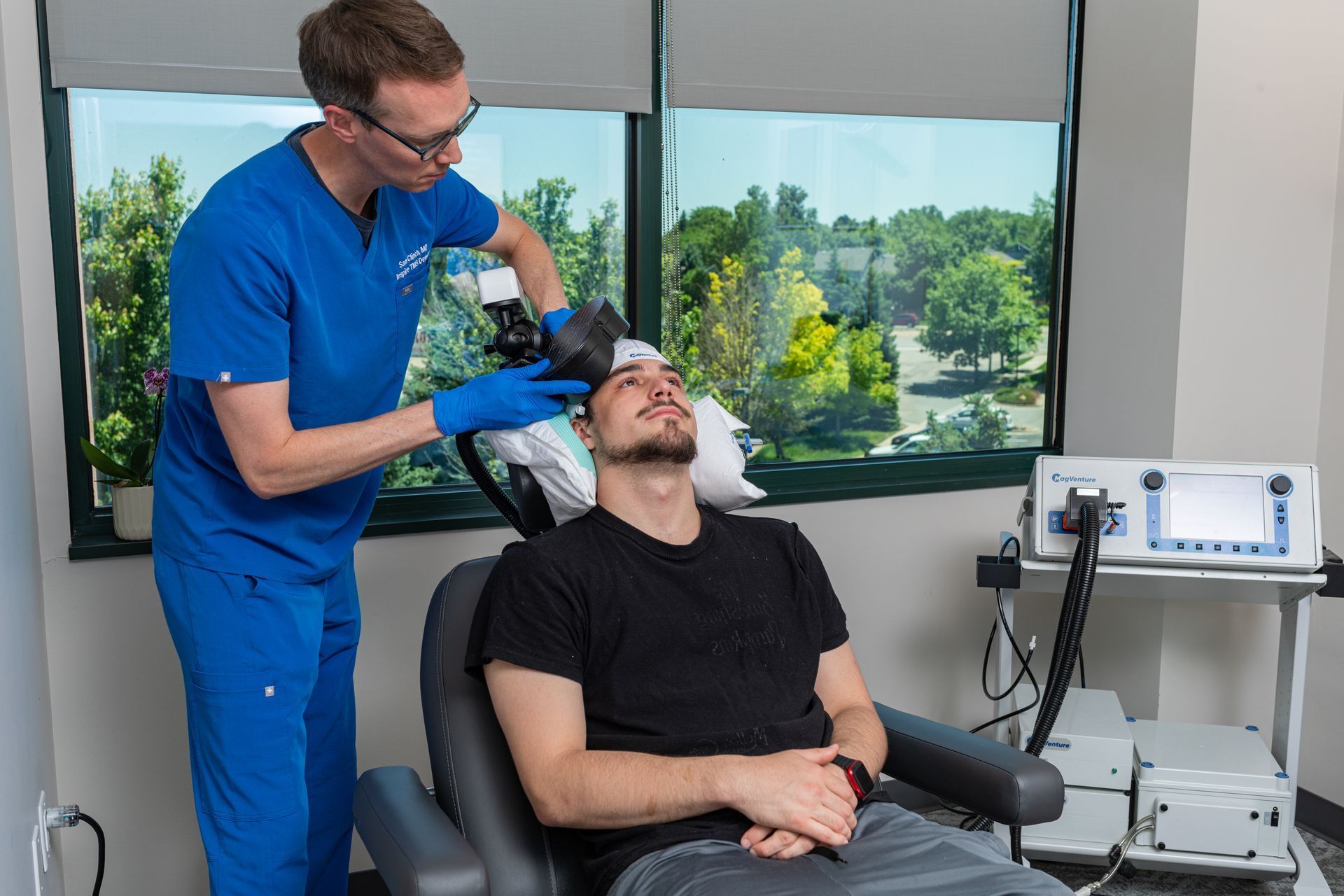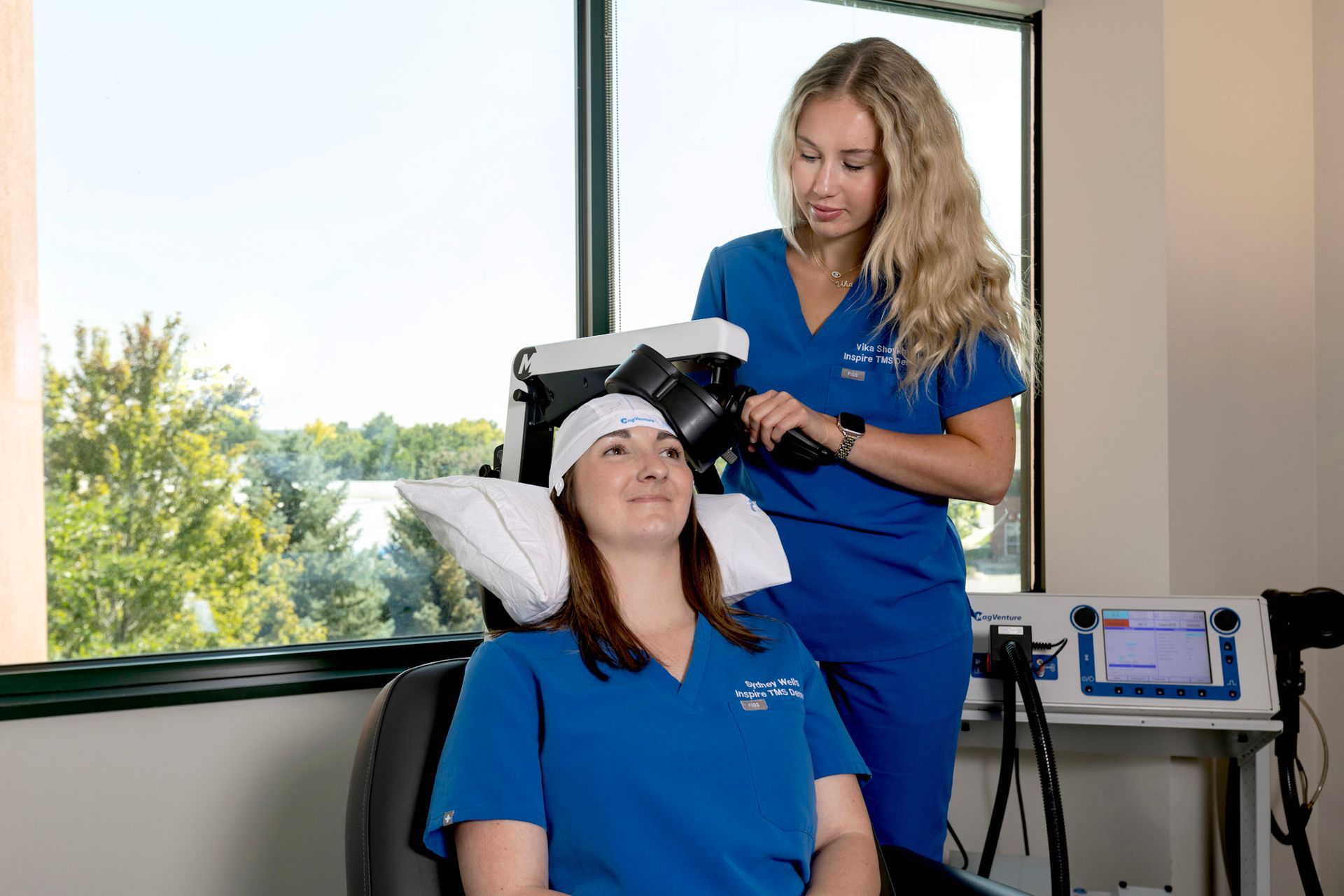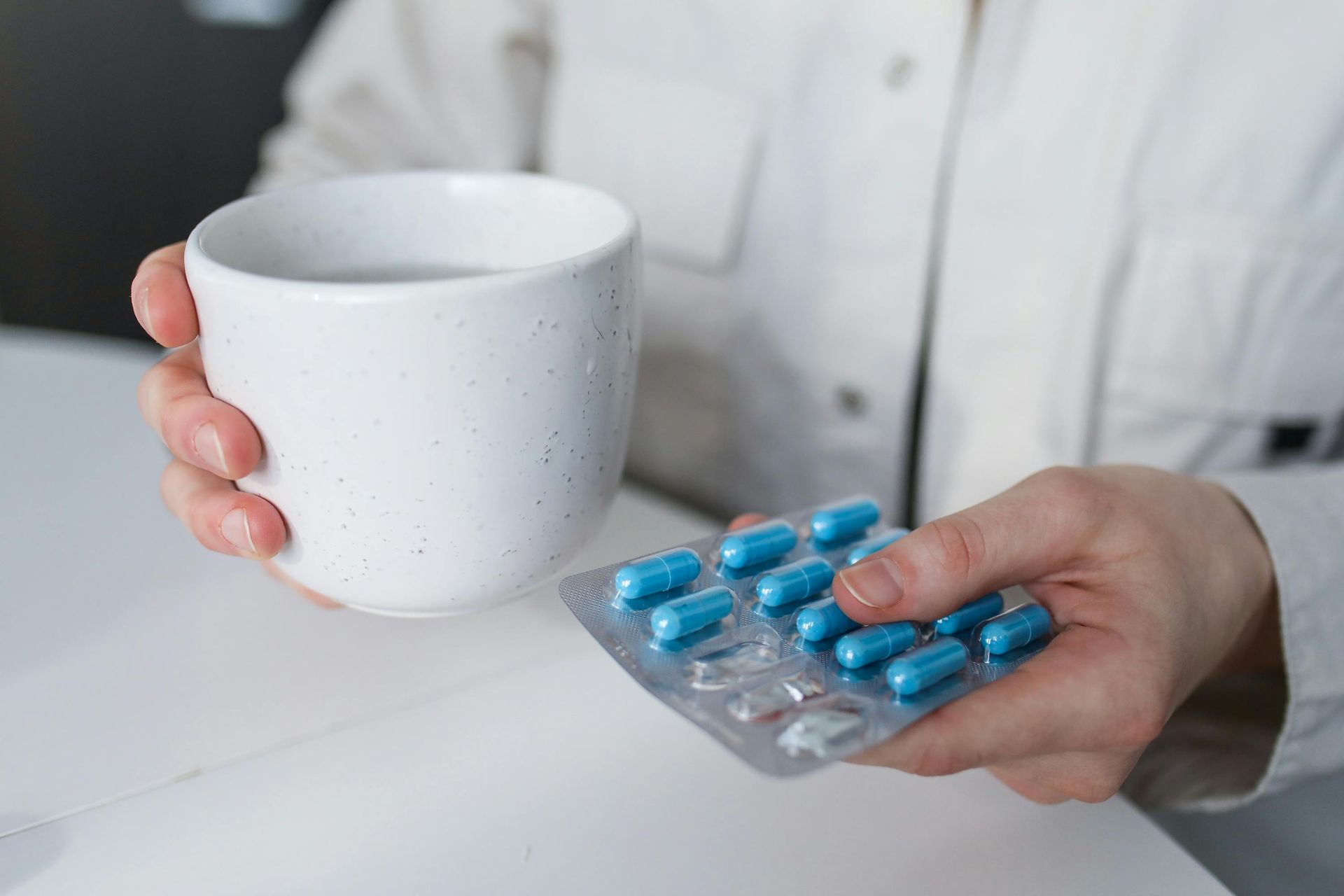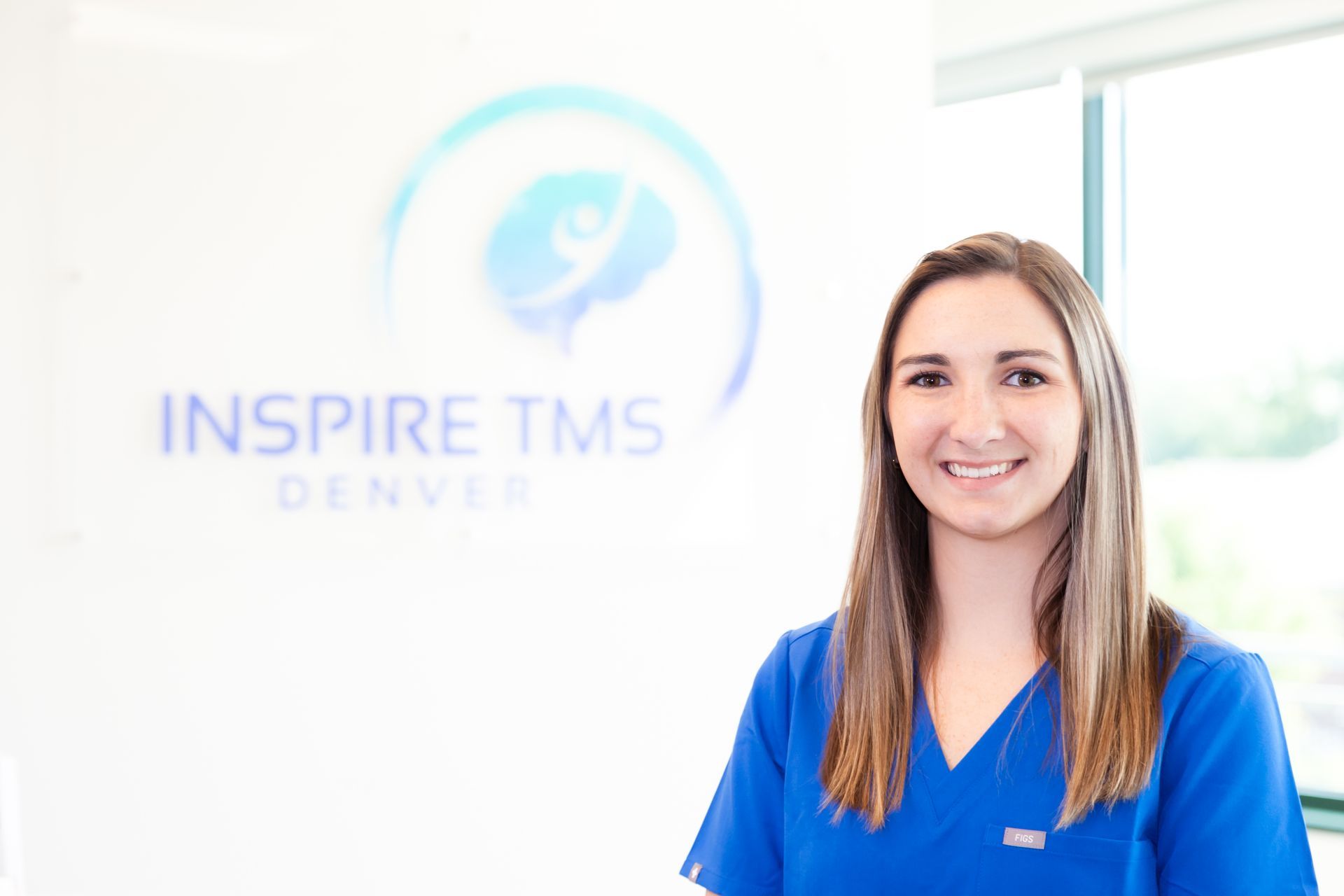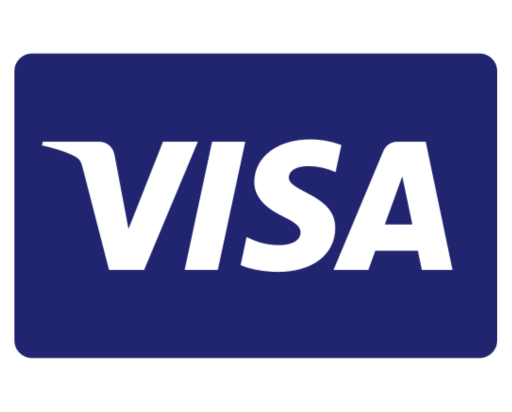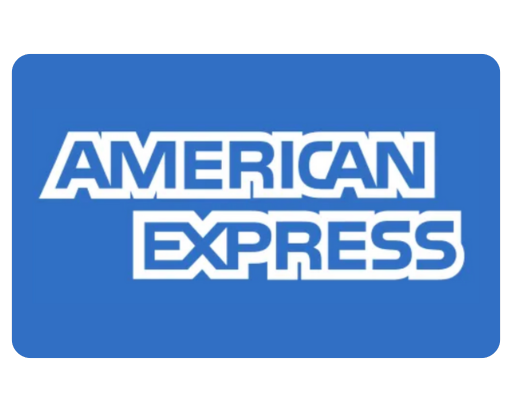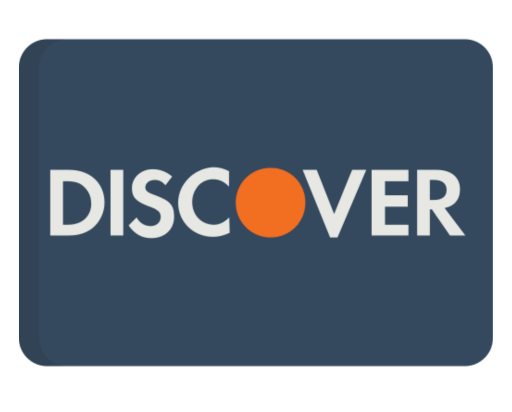Which Type of TMS Is Best? (Comparing Protocols)
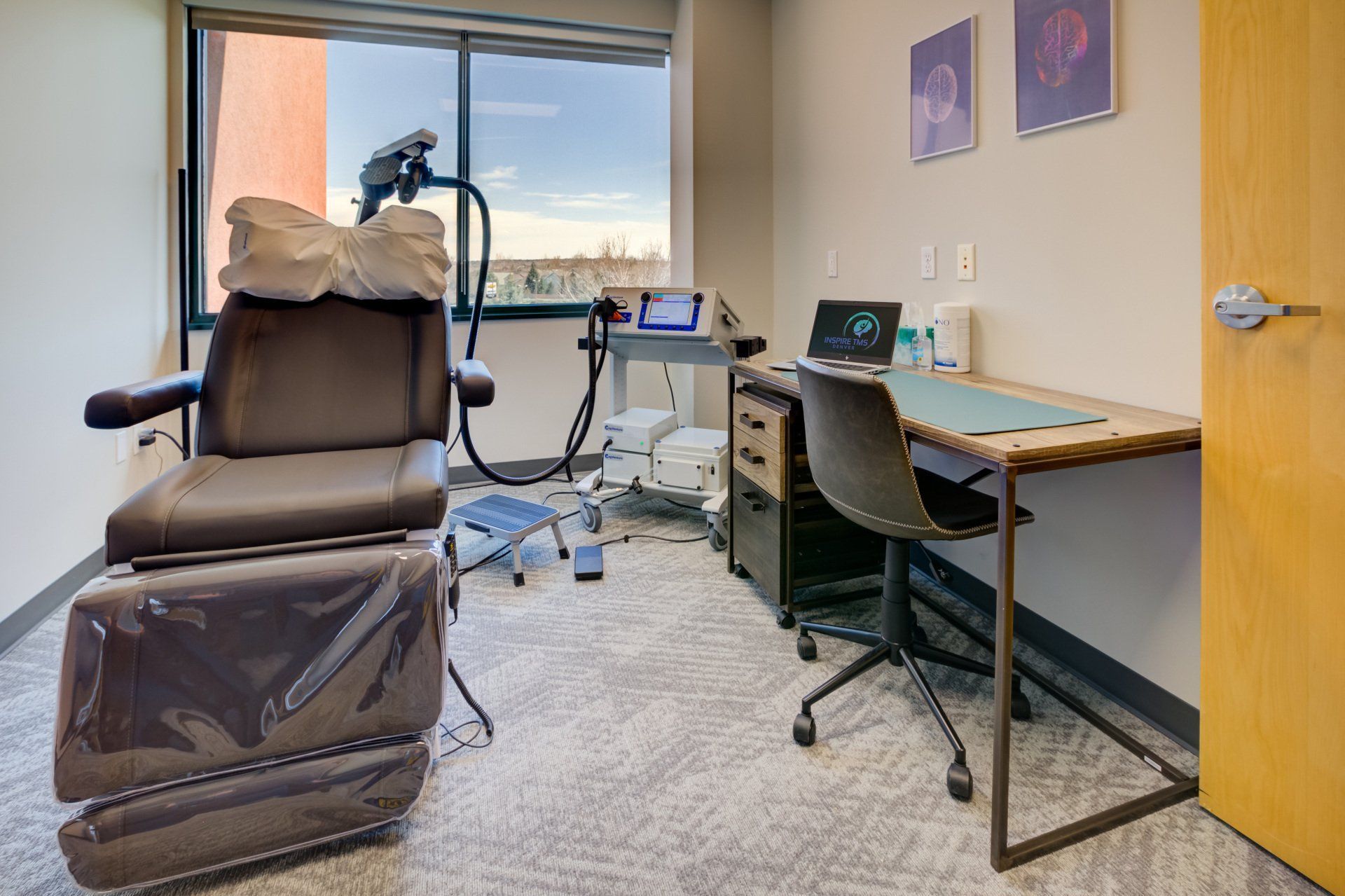
A Guide to rTMS, iTBS, dTMS, aTMS, and More
Transcranial Magnetic Stimulation (TMS) has advanced rapidly in recent years — and with new techniques emerging, you might be wondering which type of TMS is best for you or your loved one.
In this guide, we break down the different TMS protocols, their history, and how they compare in terms of treatment time, insurance coverage, precision, and effectiveness.

Not Sure If Insurance Covers TMS?
Get a personalized estimate - see if you qualify for insurance and what you’d pay without coverage.
A Brief History of TMS
1831 – Michael Faraday discovered electromagnetic induction, laying the foundation for TMS.
1938 – Ugo Cerletti introduced Electroconvulsive Therapy (ECT), often confused with TMS but much more invasive.
1985 – Dr. Anthony Barker developed the first non-invasive TMS device for therapeutic use.
2008 – FDA Approval for TMS in treatment-resistant depression.
Types of TMS Therapy
1. Standard rTMS (Repetitive TMS)
- What it is: Traditional TMS used in clinics today
- Treatment time: ~19 minutes
- Course length: 6+ weeks (30–36 sessions)
- Insurance: Covered by most plans
- Precision: Moderate
- Side effects: Mild to none
- Best for: Treatment-resistant depression
2. iTBS (Intermittent Theta Burst Stimulation)
- What it is: Advanced stimulation pattern using fast bursts
- Treatment time: Only 3 minutes
- Course length: 6+ weeks
- Insurance: Covered by many plans
- Side effects: Low to moderate
- Best for: Time-sensitive patients, accelerated protocols
3. aTMS (Accelerated TMS)
- What it is: Multiple iTBS sessions per day over 5 days
- Treatment time: 3 min sessions every hour for ~9 hours/day
- Course length: 5 days
- Insurance: Not covered
- Side effects: Varies
- Best for: Rapid results in a single week
- Inspire TMS Denver offers aTMS at $7000 all-inclusive, with follow-ups included if needed within 6 months.
4. dTMS (Deep TMS)
- What it is: H-coil helmet for deeper brain stimulation
- Treatment time: ~20 minutes
- Course length: 6+ weeks
- Insurance: Covered
- Side effects: Higher seizure risk; less targeted
- Best for: FDA-cleared uses like OCD or smoking cessation
- Inspire TMS Denver does not currently use dTMS - we prioritize more precise figure-eight coils.
5. nTMS (Navigated TMS)
- What it is: Uses 3D spatial tracking and MRI targeting
- Treatment time: Varies by coil
- Insurance: Not covered
- Precision: High
- Side effects: Low
- Best for: Academic/research settings, not standard care yet
What Does Inspire TMS Denver Offer?
At Inspire TMS Denver, we currently provide:
- Standard rTMS – reliable and covered by all insurers
- iTBS – faster sessions, increasingly insurance-approved
- aTMS – a private-pay, 5-day accelerated protocol
We do not offer:
- dTMS (H-coil)
- nTMS (MRI-guided navigation – pending further research)
TMS Types Comparison Table
| Type | Covered by Insurance | Time/Session | Full Course | Precision | Side Effects |
|---|---|---|---|---|---|
| rTMS | Yes | 19 min | 6+ weeks | + | - |
| iTBS | Yes (most) | 3 min | 6+ weeks | + | +/- |
| aTMS | No | 3 min x10/day | 5 days | +/- | +/- |
| dTMS | Yes | 20 min | 6+ weeks | - | + |
| nTMS | No | Varies | 6+ weeks | ++ | - |
Final Thoughts
Choosing the right type of TMS depends on your specific needs, schedule, insurance, and clinical goals. Inspire TMS Denver is here to help you navigate these choices - we’ll always recommend the safest, most effective treatment plan tailored to your case. Want to learn more? Book a free consultation or take our TMS quiz to find out if TMS is right for you.
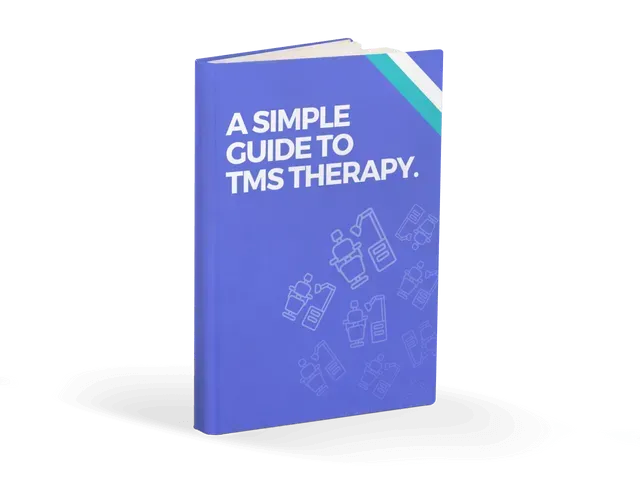
Every Question Answered
Want to know more about TMS? Check out this in-depth guide to TMS therapy with transparent and easy to understand explanations about TMS processes, protocols, and treated conditions.
Latest Posts


